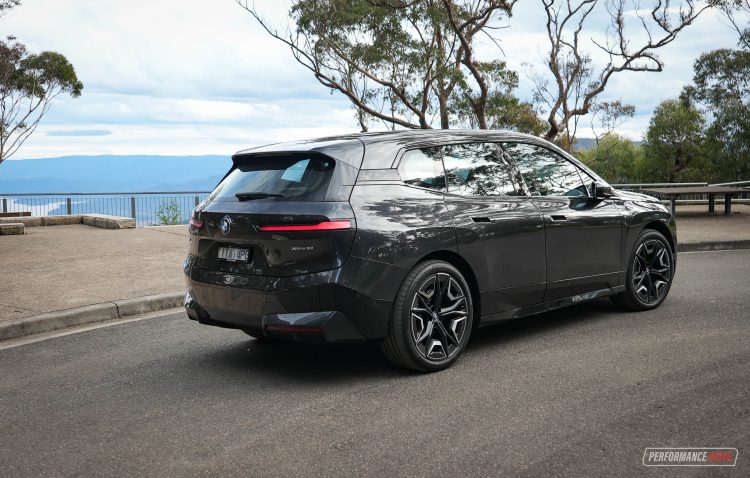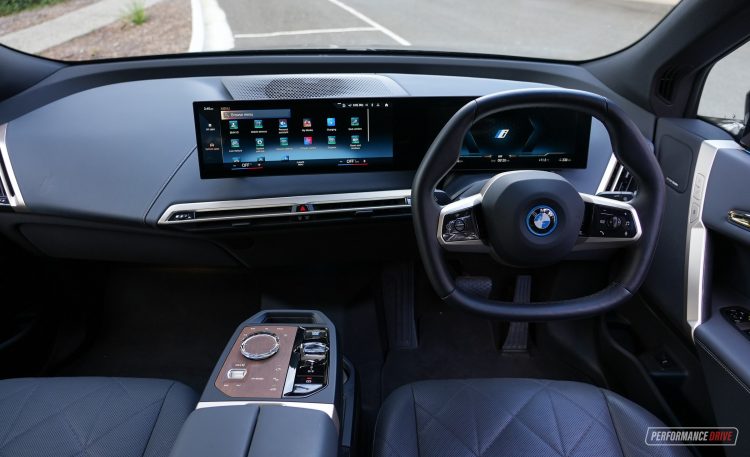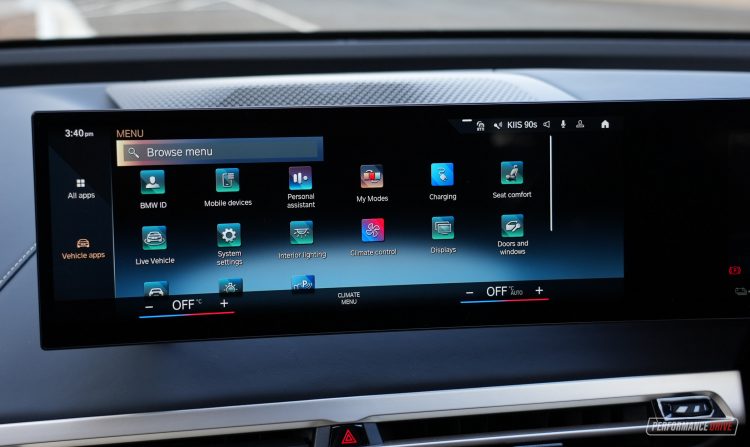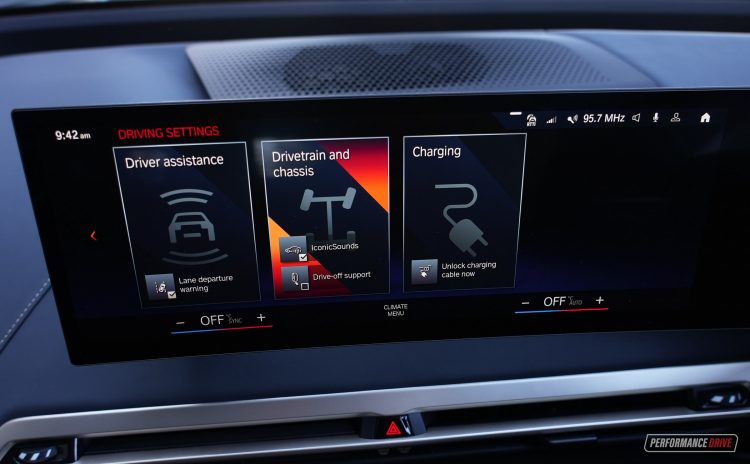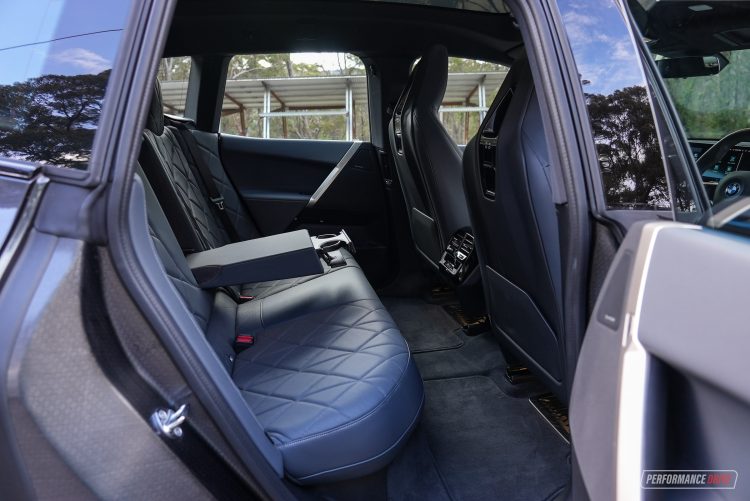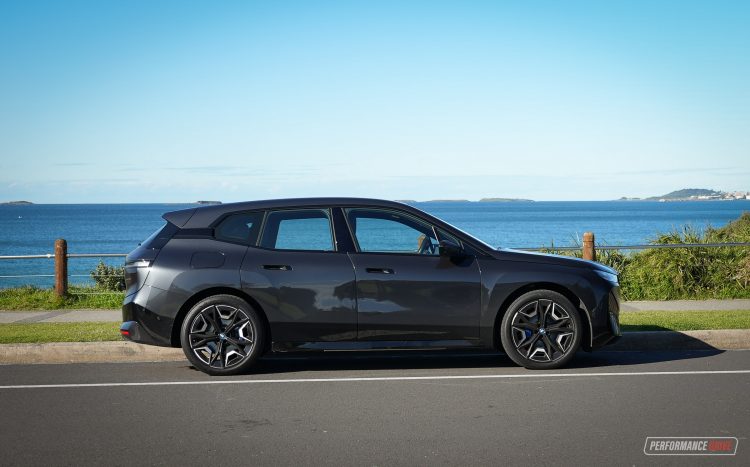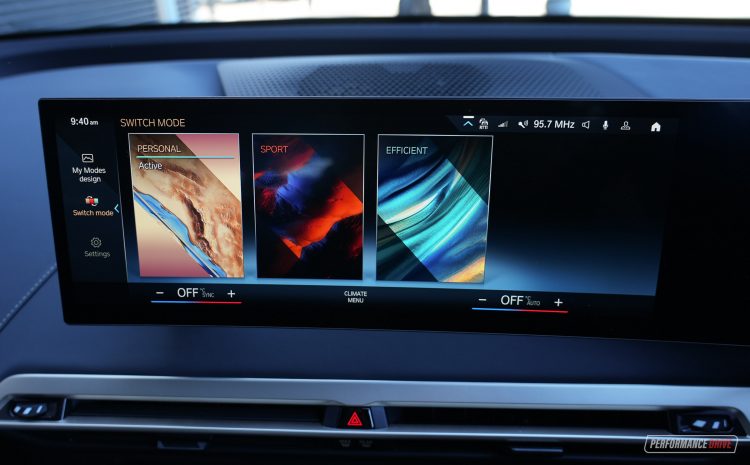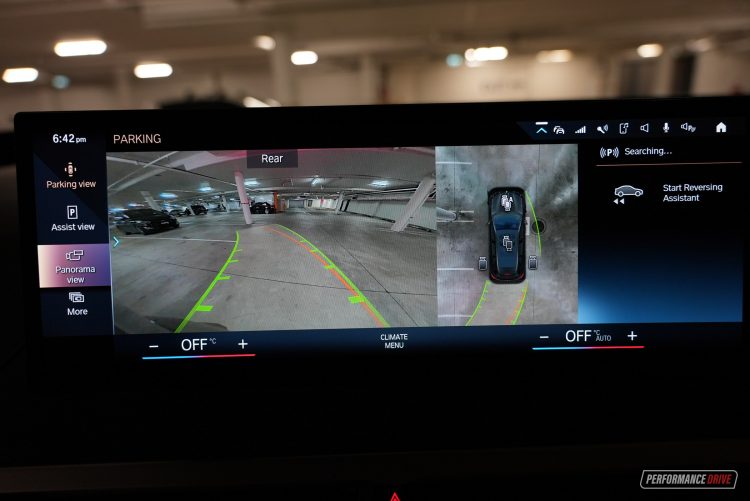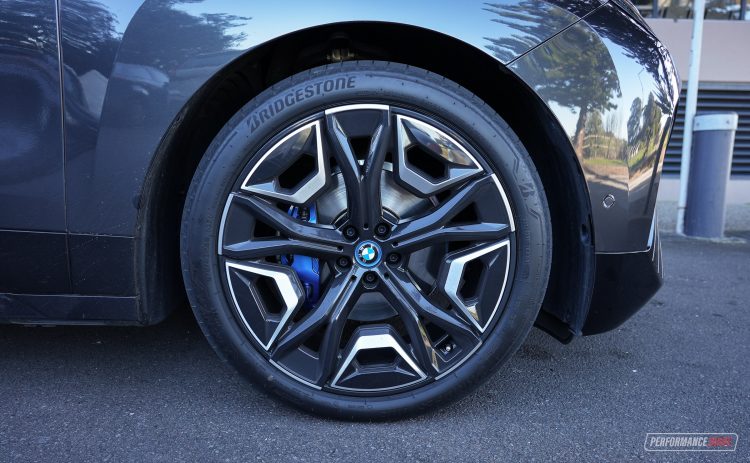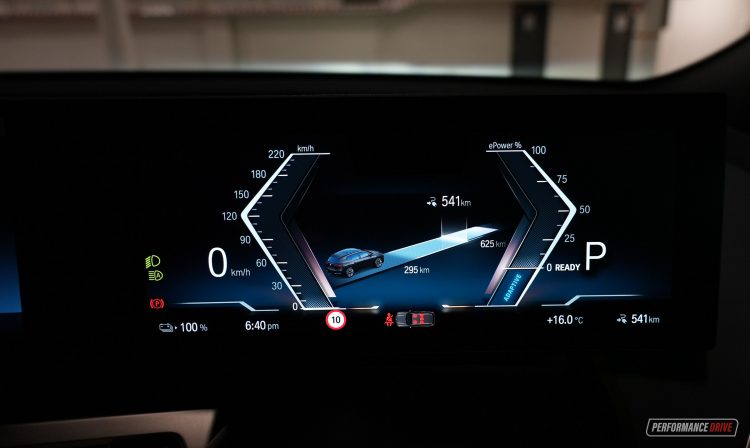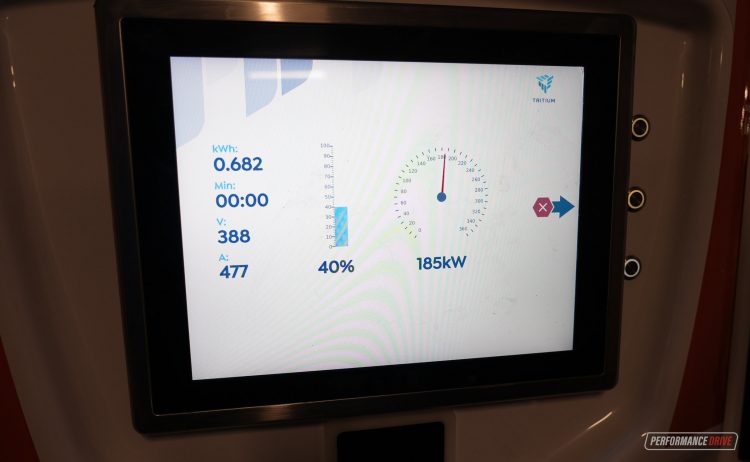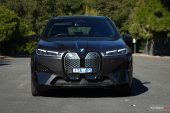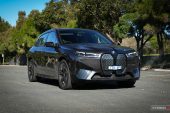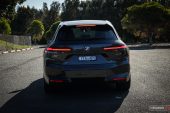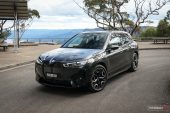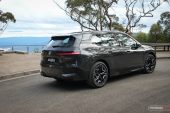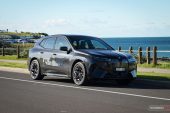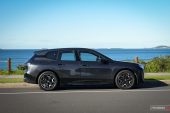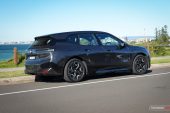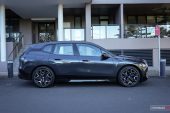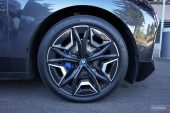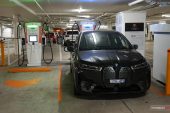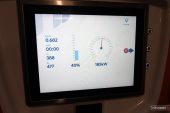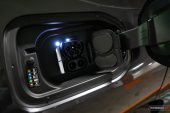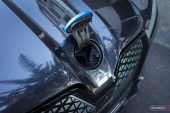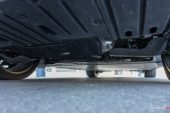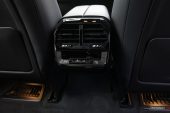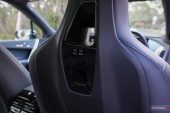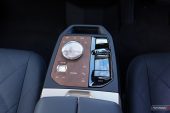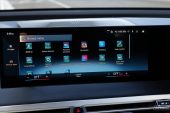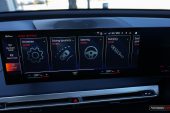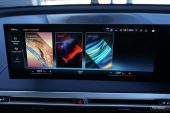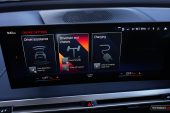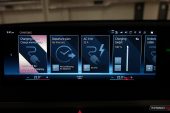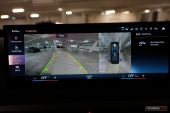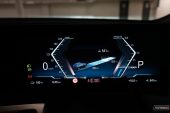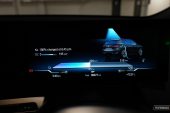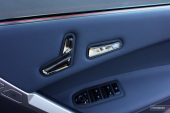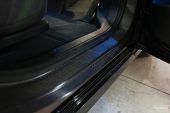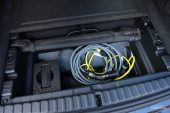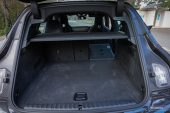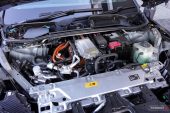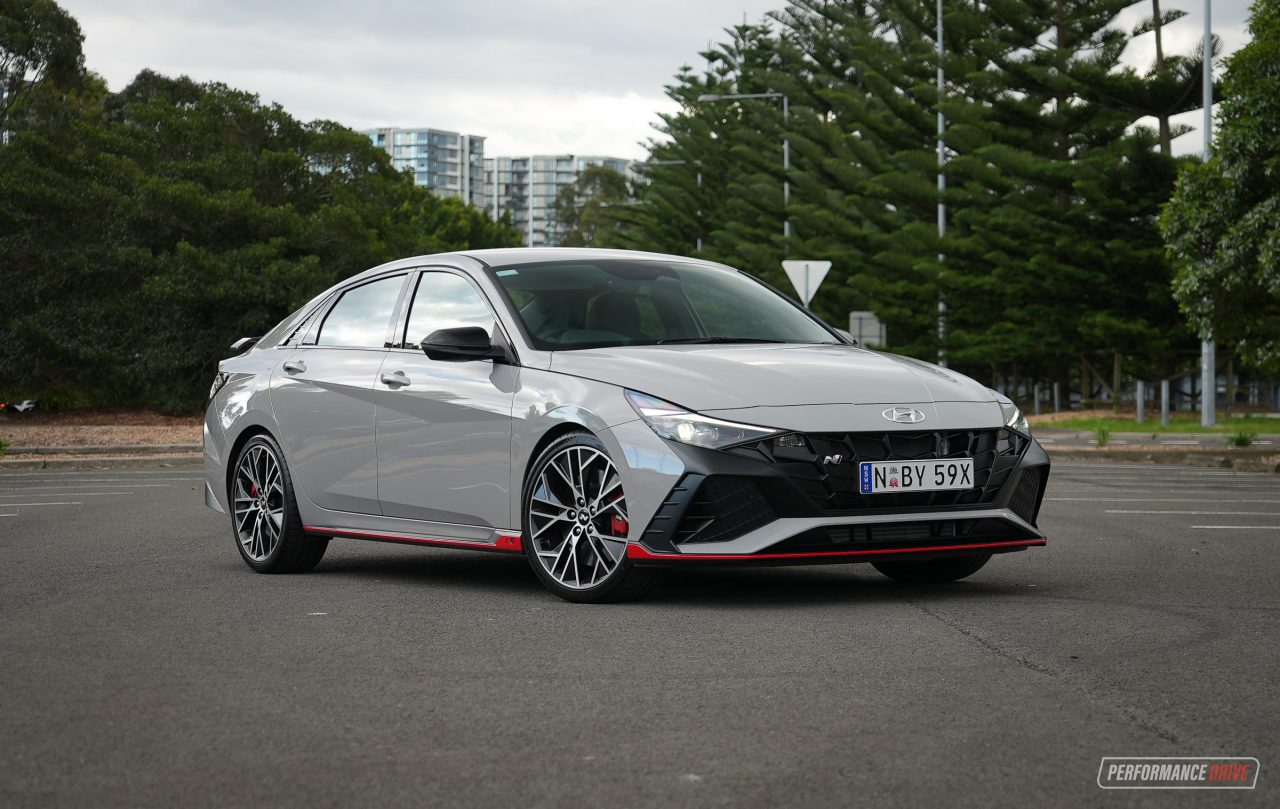Here’s an interesting one. It’s called the BMW iX, and it is, from what we can gather, part SUV, part supercar, and part family-bus/MPV. Add in a big dollop of futuristic concept and you’ve pretty much got the gist.
The iX is not based on any existing model line. In fact, it is one of only two dedicated electric vehicle models in the showroom, with the i4. Unlike the i4 though, the iX is built on a bespoke platform made up of an aluminium spaceframe and carbon fibre ‘Carbon Cage’ structure. It’s hardcore.
Dimensions and some characteristics are similar to the BMW X5, and the platform is said to be compatible with the familiar CLAR layout as adopted by pretty much all BMW (RWD-based) models, including the i4 and X5. However, this is very different in terms of technology and design.
There are three main variants on sale in Australia, running from the xDrive40, the xDrive50 Sport, to the flagship M60 from the M Performance division. All versions feature a fully electric powertrain of varying range and performance.
Looking at the price tag, which starts at a whopping $174,900 for the xDrive50 Sport, you instantly get a sense of how important this vehicle is and where it slots within BMW’s hierarchy. For that sort of money you’re looking at a top-line BMW X5 M50i, starting from $164,900 (all excluding on-road costs).
2022 BMW iX xDrive50 Sport – THE SPECS
[column width=”47%” padding=”6%”]Battery: 105.2kWh (net), lithium-ion, 369V
Motor output: 385kW / 765Nm
Transmission: 1-speed auto
Drive type: All-wheel drive
Wheels: F & R: 22×9.5, 275/40
ANCAP: Not tested
Unladen weight: 2510kg
Power-to-weight: 5.53:1 (kg:kW)
Official range: 630km
Maximum charging: AC 11kW, DC 200kW
Recharge time: 10-80% at 200kW DC in 35 minutes[/column] [column width=”47%” padding=”0″]0-60km/h: 2.48 seconds*
0-100km/h: 4.63 seconds*
60-110km/h: 2.88 seconds*
1/4 mile: 12.91 seconds at 179.9km/h*
Max acceleration: 0.880g
100-0km/h braking: 3.03 seconds at 38.21 metres*
Max deceleration: -1.145g
Decibel at idle: 27*
Peak decibel at 60-100km/h (/IconicSounds): 70/77*
Priced from: $174,900[/column][end_columns]
* Figures as tested by PerformanceDrive on the day. Factory claims may be different
2022 BMW iX xDrive50 Sport – THE PACKAGE
We think it’s important to understand where this vehicle fits into the showroom. BMW is planning an electric and indeed a hydrogen fuel-cell version of the X5. So for this to stand slightly to the side and above, it has to be very attractive, not just physically, for buyers in the large premium SUV category.
It measures in at 4953mm long, 1967mm wide, and 1696mm tall, which makes it 31mm longer but 37mm narrower and 49mm lower in roof height than the BMW X5. Similar, then. However, the iX’s wheelbase is 25mm longer. That gives you some idea of the passenger space available inside. As we said at the start, this does have some MPV-like qualities.
Open the door, which is unusually light in weight, and you’re presented with a very open and spacious atmosphere. The dash is positioned far forward to clear space around the non-existent centre console. Well, there is a console but it kind of floats on its own further back. A big trough distances the dash and console, again, making it feel a bit like a van or MPV.
Unlike your average van, the iX features two spectacular digital screens housed on one continuous curved panel. It is easily the star attraction of the cabin, instantly capturing and drawing all of your attention. It runs BMW’s latest 8.0 operating system, bringing in a new design and colour theme, with soft oranges and tans, and sandy desert and aqua-inspired graphics.
The system is a proper evolution of BMW’s previous systems, in that it offers more depth and capability, as well as improved loading performance and functionality. But that’s keeping in mind BMW systems have been very good in the past few years. So the tech guys had their work cut out for them in creating this all-new system.
Some of the aspects we really like include the easy-to-digest grid layout for the main apps, with a traditional menu scrolling function down the side. You can split the screen to show different functions or displays, and we like how the main vehicle settings offer a preview page first that allows you to quickly and easily tick/untick some of the common features, such as lane-keep assist and the IconicSounds program.
Passenger space is abundant in the front and back. The perched-up seats in the front provide excellent forward visibility and over the side window sills, while back seat accommodation is enhanced with climate control, provisions for tablet mounting and charging on the backs of the front seats, and of course cup and bottle holders.
Getting in and out is made easy thanks to the slightly raised ground clearance (203mm), making it an ideal VIP car for carting passengers in the back. Legroom is plentiful and the flat floor really amplifies the sense of spaciousness. Both the front and rear doors open from the inside using a button, which is unconventional but quite futuristic and in tune with the iX’s character.
Boot space is rated at 500 litres and expands to 1750L when the rear seats are folded down. That’s not all that great considering the new X1 small SUV offers 540L, and the X3 mid-sizer presents 550L. Its closest petrol sibling, the X5, offers significantly more with 650L.
You can fold down the rear seats from the back and there is some under-floor storage for the charging cables. With the boot open you can see evidence of the Carbon Cage structure (also visible in the door jambs).
2022 BMW iX xDrive50 Sport – THE DRIVE
When you first drive the iX you’ll be amazed by how light it feels on the road. It’s a big car but it feels so agile and nimble on its feet, even just running around in town. We’re not a fan of the odd two-spoke steering wheel, but it does suit the philosophy of the rest of the package. The outer rim is also a nice size and features sporty contours for your hands.
Despite all of the effort to conserve weight, with the aluminium spaceframe and carbon fibre construction, the iX is still a very heavy vehicle. It tips the scales at a hefty 2510kg. A lot of the blame needs to be directed at the battery, which, in the case of the xDrive50, is a whopping 111.5kWh in capacity (net). It provides a WLTP-rated range of 630km. At the current technology standards, 630km is impressive. Most of its nearest competitors manage around 500km or a bit more.
The battery pack, mounted under the floor within the wheelbase, feds two electric motors. A motor at the front axle produces 190kW and 365Nm, while the other motor, at the rear axle, develops 230kW and 400Nm. That means, under full power, this odd-looking family bus with a supercar-like backbone produces a combined 385kW and 765Nm. And this isn’t even the performance model.
If you want more, the M60 version from M Performance (not a full M model) uses a more potent rear motor that generates 360kW and 489Nm alone, equating to a mega 455kW and 1015Nm combined.
With a claimed 0-100k/h time of 4.6 seconds, there is no doubt about it, the xDrive50 is an intensely quick vehicle. Especially for a large SUV. It’s not far off the X5 M50i, which features a 390kW twin-turbo V8, dispatching the dash in 4.3 seconds. Stepping up to the iX M60 slashes the time to 3.8 seconds.
As usual, we ran plenty of performance tests with this vehicle using a Racelogic Vbox Sport and a private road. The best 0-100km/h we saw was 4.63 seconds, with the quarter mile coming up in 12.91 seconds at 179.9km/h. BMW says the top speed is electronically limited to 200km/h. Our Vbox showed a maximum speed of 197.4km/h – we noticed it physically stopped accelerating at an indicated 201km/h.
So now imagine that lightweight feel and all of that power and acceleration out on a spirited road. It’s insane. The xDrive50 comes standard with adaptive air suspension that irons over bumps with broad adaptability and suspension stroke. It can be a little bit bouncy or firm in the sportiest setting, as to be expected, resulting in handling characteristics akin to a very well sorted hot hatch.
It darts between corners and the power distribution mechanism is always on point, so corner escapes are rock-solid. Let’s not forget with electric power the response is absolutely instant. It’s totally up to how quickly your ankle flexes on the pedal. If you want more now, just move your foot and it’ll give you the according amount, immediately.
Around mid-speed corners you can jump onto the power and it wrenches you around, with the inside 275/40 tyres stretching and just scrambling for traction as you catapult around. It’s nuts. If it wasn’t for the big MPV-like dashboard, you’d swear you were in a hunkered-down super sports car.
As for the range and charging, the on-board range calculator is very adaptive. As in, it will fluctuate a lot depending on your driving style and the sorts of roads you’re on. On the highway it does settle down a bit. Obviously fluctuation is not something you want when range anxiety creeps into your mind every time you drive it. Like in any EV. But you do get used to the readout and how it works.
On a full charge the range on the dash showed a figure of 541km. That was with the air-con off. This figure depends on the driving conditions leading up to the charging session. On this occasion, we noticed the range hung around the 500km mark for longer than expected, perhaps as it constantly monitored our driving.
As usual in Australia, it’s the public charging infrastructure that lets down the whole EV experience in our opinion. We had a “DC charging station error” pop up during our time, according to a message from the car, and another machine ran at 25kW while it was supposed to be a 50kW system.
According to the specs from BMW’s official media kit, this model is compatible with up to 200kW of DC fast-charging. However, using a ChargeFox Ultra Rapid system, rated at 350kW, the maximum the car took in was 185kW.
We have previously spoken to a ChargeFox help desk about this and they said there are a lot of factors that influence the full charging potential, such as electrical loads in the surrounding area of the charger, the temperature and condition of the specific charging station, and the status and condition of the vehicle’s battery.
If you do buy one of these, we’d strongly recommend getting the BMW wallbox installed. And then you can simply charge it as needed and not have to deal with the public network.
2022 BMW iX xDrive50 Sport – THE VIDEO
2022 BMW iX xDrive50 Sport – THE VERDICT
It might look a bit unusual but the attention to detail in the iX is just mind-blowing. The fact that it’s built on an aluminium spaceframe and carbon fibre cage is just insane. Proper supercar stuff. And then the crystal switchgear and the mesmerising curved screens, with spectacular graphics, make this a technological marvel. This is not just another EV. This is an expression of BMW’s future and its capacity to think outside the box.
If you’re in the market for a high-end SUV, this stands out presenting a concept-car-like utopia. It offers not just green transportation, but the luxury and presence of a showroom flagship and the practicality of a well thought-out crossover. If you can get past that awkward front grille, this is an intelligent and thought-provoking alternative to the common large premium SUV.
[column width=”47%” padding=”6%”]PROS:
– Attention to detail, inside and out
– Aluminium spaceframe and Carbon Cage platform
– Very aerodynamic; 0.25Cd
– As agile as a hot hatch
– Long 630km range
[/column] [column width=”47%” padding=”0″]CONS:
– Feels light but actually very heavy; 2510kg
– Unusual exterior design might not work for some, front ‘grilles’ are not nice in our opinion[/column][end_columns]
As always, if you’re thinking about buying a new car don’t forget to click here to speak with our car buying specialists.

